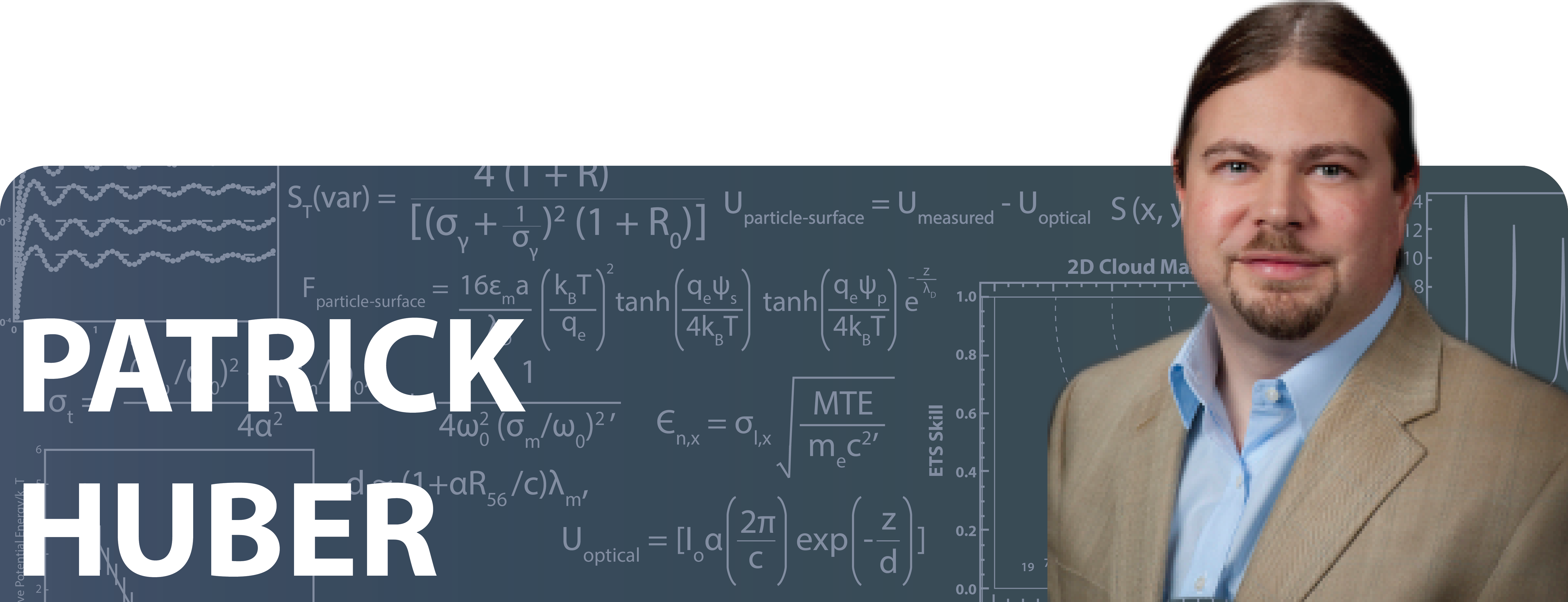Using Hubble, astronomers have discovered that Jupiter’s Great Red Spot (GRS) is not as stable as it might look. Hubble measurements of the GRS’s size, shape, brightness, color, and vorticity showed it can change dimensions—looking like a slightly skinnier or fatter red oval over 90 days.
Tag: Oscillation
Making sense of life’s random rhythms
Life’s random rhythms surround us–from the hypnotic, synchronized blinking of fireflies…to the back-and-forth motion of a child’s swing… to slight variations in the otherwise steady lub-dub of the human heart. Now, an international team says it has developed a novel, universal framework for comparing and contrasting those oscillations–regardless of their different underlying mechanisms—which could become a critical step toward someday fully understanding them.
Fuel Flow, Heat Fluctuations Drive Dangerous Oscillations in Rocket Engines
Combustion engines can develop high frequency oscillations, leading to structural damage to and unsafe operating conditions. In Physics of Fluids, research clarifies the feedback processes that give rise to these oscillations. The investigators studied simulated combustion events in a computational model of a rocket combustor and their analysis involved sophisticated techniques, including symbolic dynamics and the use of complex networks to understand the transition into oscillatory behavior.

Patrick Huber: Then and Now / 2010 Early Career Award Winner
Professor Patrick Huber is the director of Virginia Tech’s Center for Neutrino Physics. His research develops and advances theoretical tools to analyze data from neutrino experiments, the results of which will improve our understanding of neutrinos’ properties and their role in the cosmos.